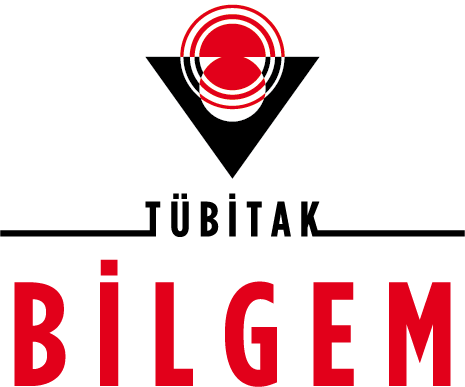BTE
Projects
The Ongoing Projects

Multistatic Radar Capability Acquisition (MSR-YK)

Safir Storage
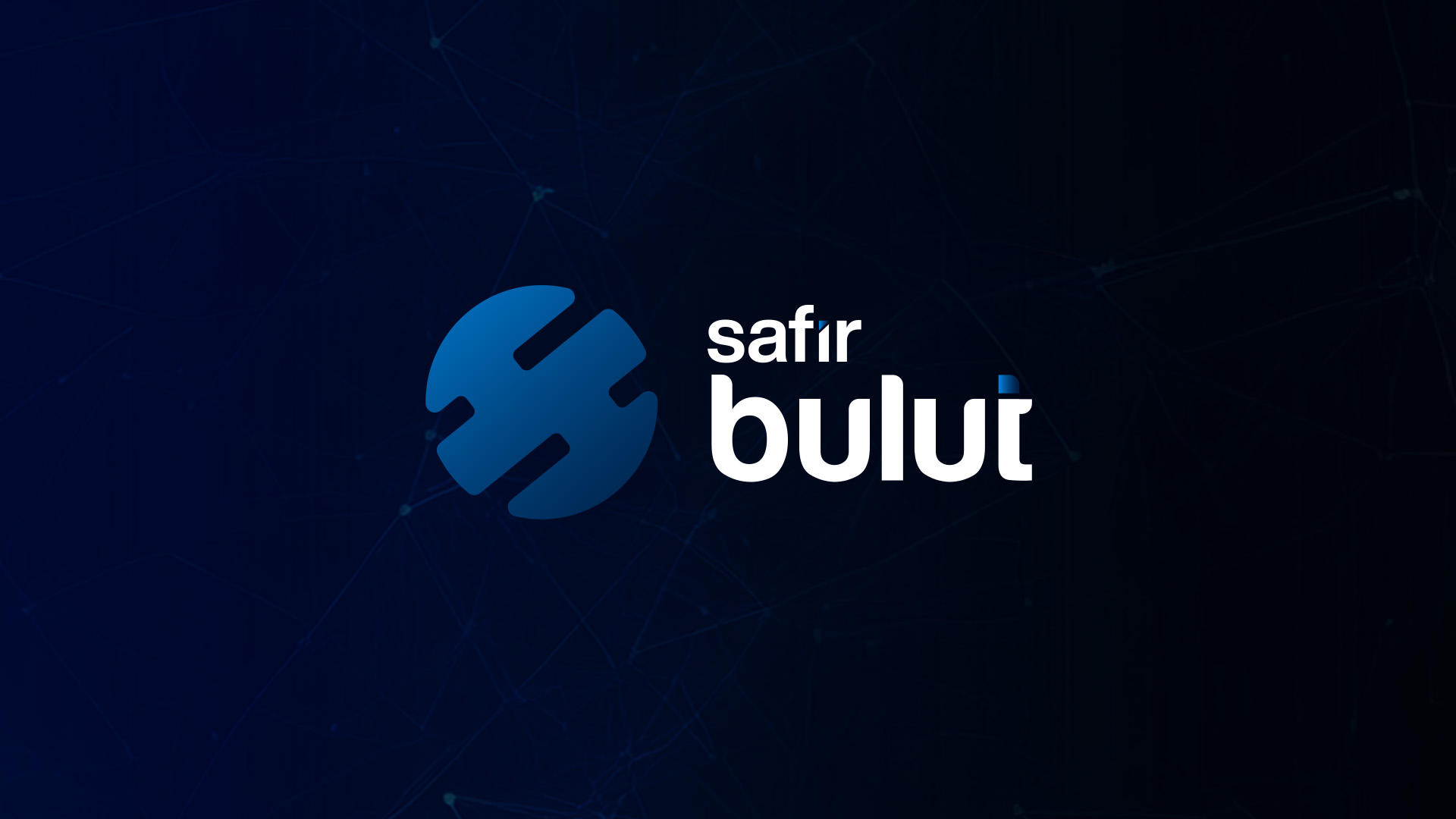
Safir Cloud
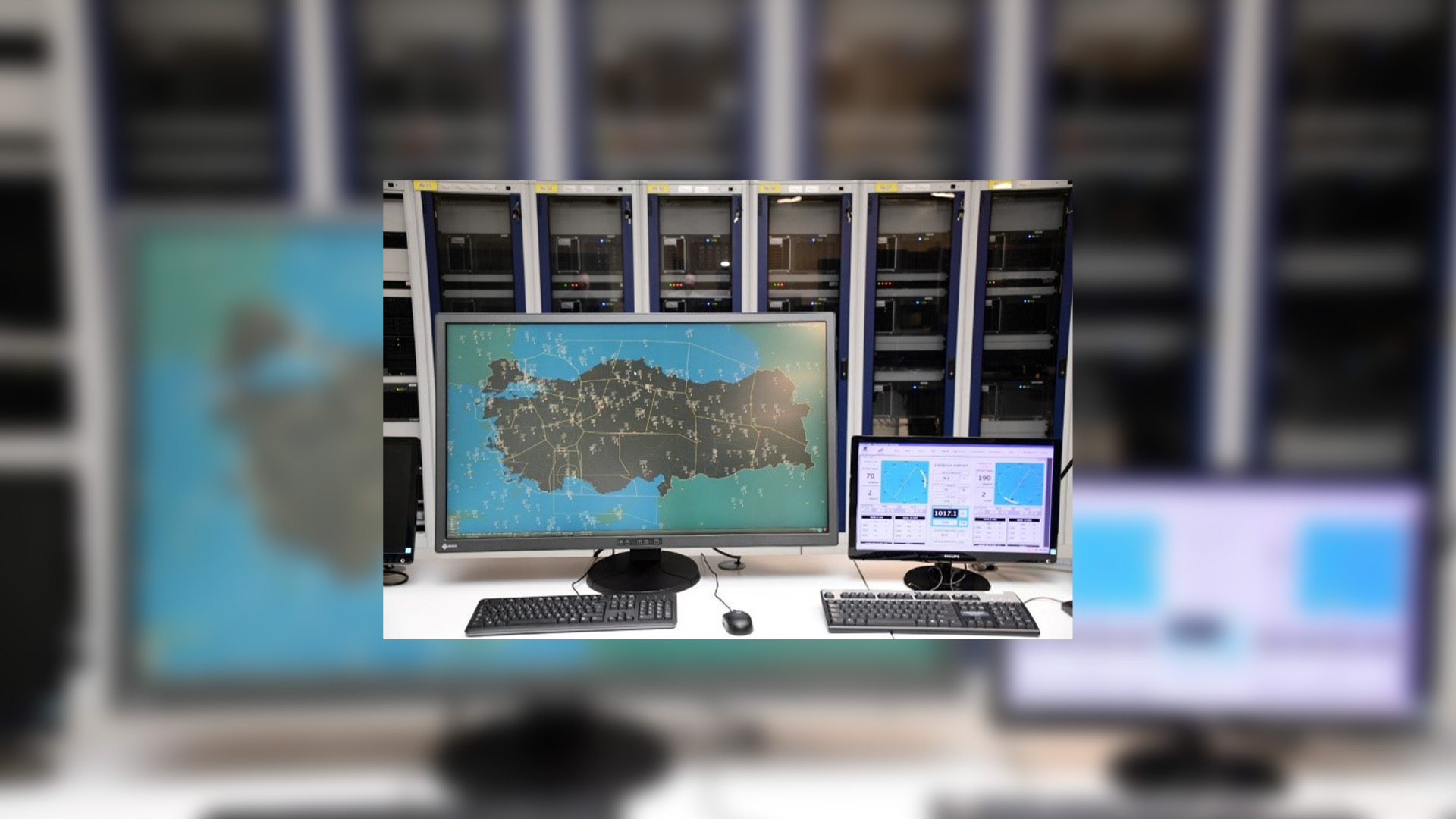
Multi-Purpose Radar Display (ÇARE) System

Avionics Technologies Research Laboratory (ATAL)

Onboard Sonar System (BOSS)

Underwater Acoustic Modem (SAM)
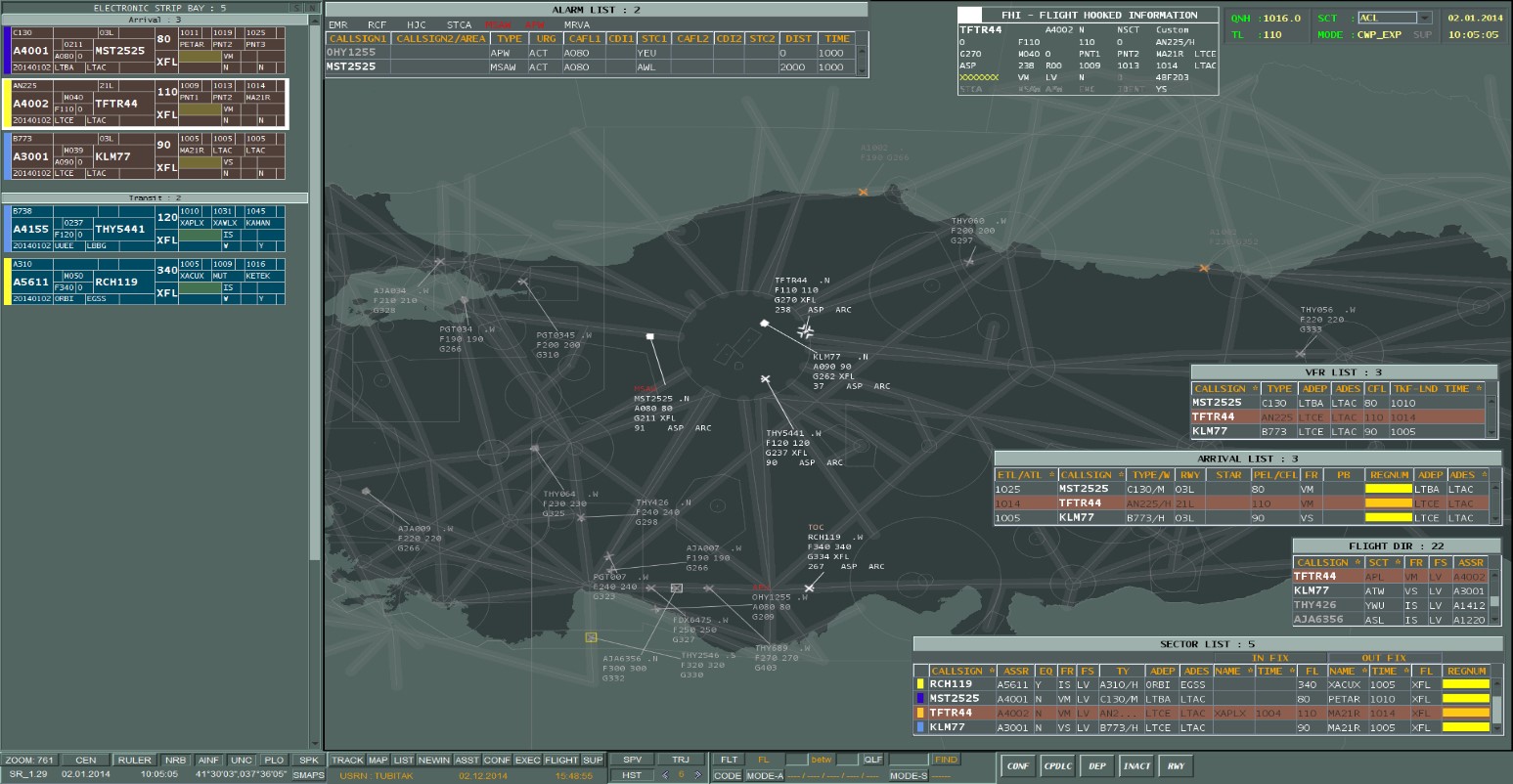
Airport Traffic Control Software (HTKY) Development R&D Project
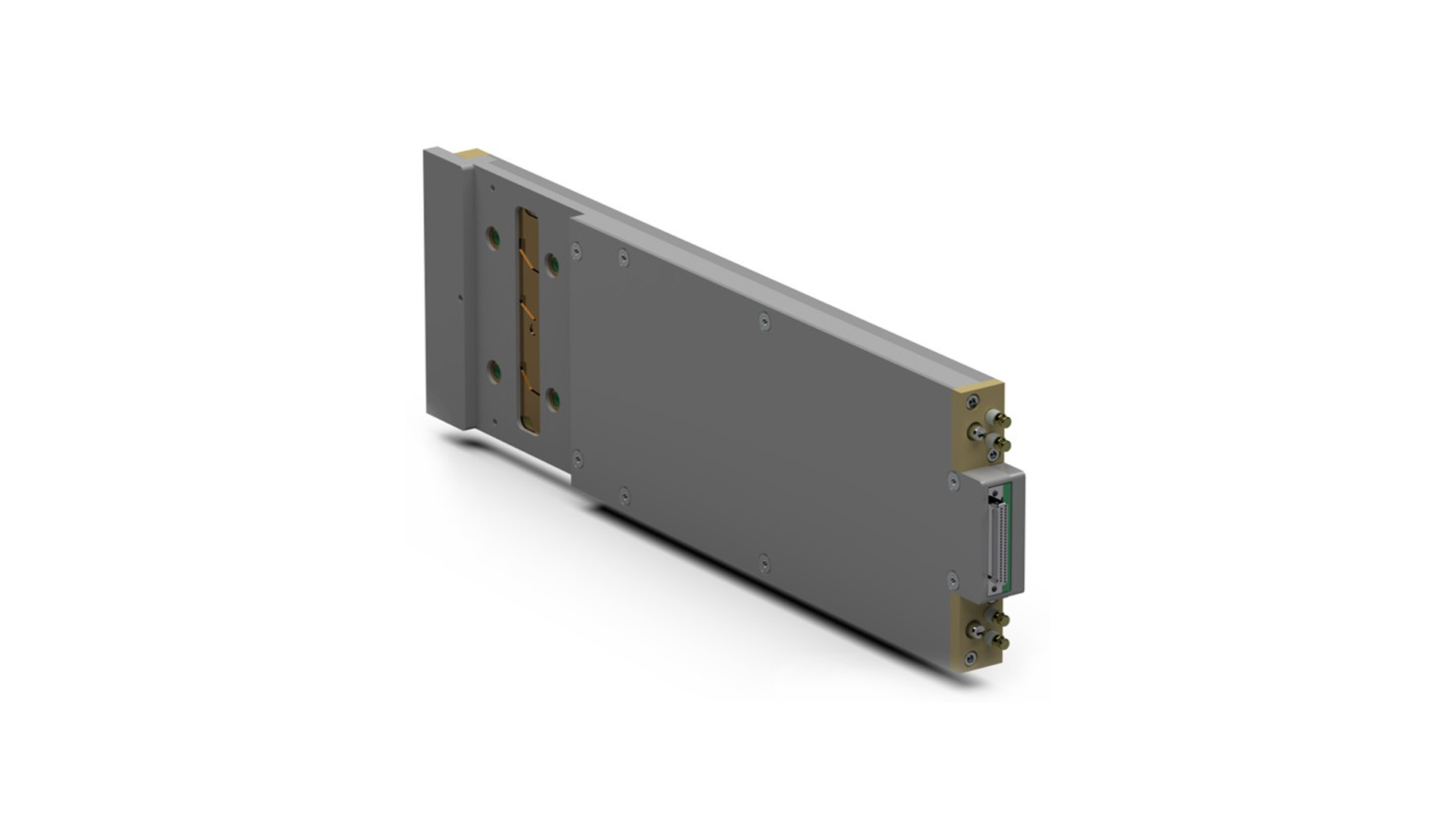
Active Electronic Scanning Radar (AESA) Project
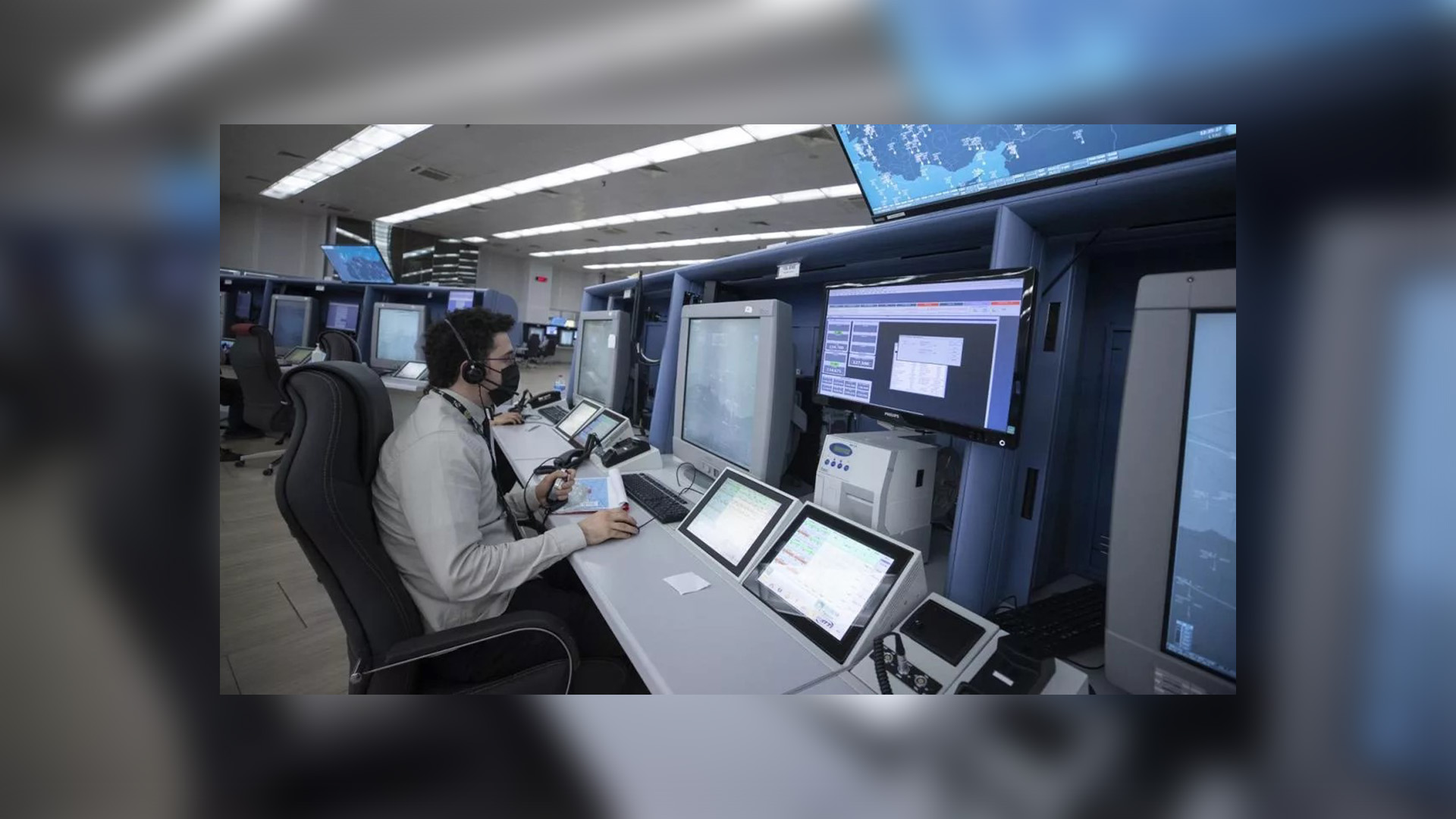
National ATC R&D Project (MİLAT)
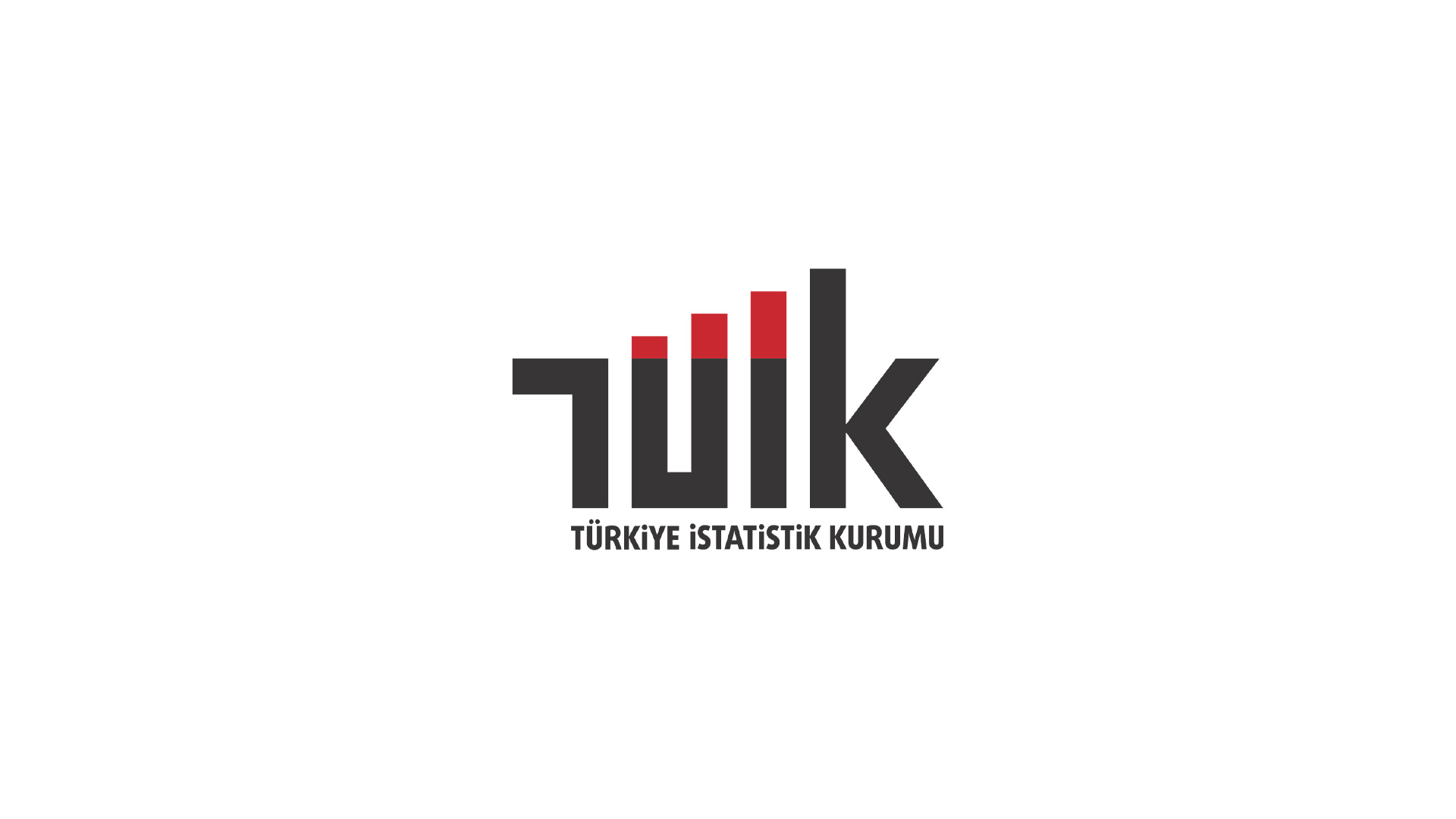
TurkStat Big Data Advanced Analytics Project

Customs Scanning Network Cloud Storage and Image Analysis System (GÜMSİS)
The Other Ongoing Projects
Within the scope of the Critical Component Development Project for Phased Array Radars, it is planned to design and manufacture the sub-components of Active Electronic Scanning Radars in Turkey within the body of our Institution. The main purpose of the project is to design and manufacture the necessary building blocks that can be used in different designs in order to develop radars that can be used in different scenarios and for different purposes. The designs that will emerge at the end of the project will be transformed into a library and updated according to new needs from the field. Thus, a cycle of subcomponents that will enable the creation of new subcomponents and that constantly renews and updates itself will also be provided. The produced subsystems and integrateds can be used by defense companies within the scope of different application scenarios.
Within the scope of the Explorer Project, it is aimed to build a communication intelligence system that performs 3 main tasks. These 3 main tasks are defined as follows:
• Signing, direction finding and positioning,
• Estimation of the spectrum parameters of the signal,
• Determination of the communication protocol and modulation to which the signal belongs.
Within the scope of the Terrestrial Navigation System (CSR) Project, it is aimed to establish a system that can provide positioning services to receiving platforms through ground-based transmitters, which have been developed as an alternative to satellite-based positioning methods. This system can be used as a backup system for GPS systems, especially in cases of GPS confusion and deception, or in environments where the GPS signal cannot reach, so that systems that need location and time data are not compromised. The system-specific waveform broadcast from 4 synchronous transmitters is detected and processed in the sensor, and 3D position data is produced and presented as output.
The prominent features of the system are as follows:
• Software Defined Radio Based Receiver/Transmitter Structure
• Adjustable Wide Broadcast Frequency
• Adjustable Output Power
• Direct Sequence Spread Spectrum (DSSS) Waveform
• Precise Time Synchronization (Atomic Clock, RTK)
• 3D positioning with Time Difference of Arrival (TDOA) method
• Produce filtered/raw output
Within the scope of THULAB Laboratory, which was established with the support of the Presidency of the Republic of Turkey's Strategic Budget Department, it is aimed to establish cooperations that will serve as a bridge between the university and the industry by carrying out multi-disciplinary research and development activities that are 5G compatible and will shed light on 6G standards with the equipment, test tools and simulators in the laboratory's infrastructure. The main issues in which R&D activities are carried out are as follows:
• Millimeter wavelength, terahertz band and mass MIMO Communication Systems,
• Reconfigurable Smart Surfaces (RIS),
• Artificial intelligence and machine learning for wireless communication systems,
• Drone-speaking open radio architecture (open RAN) mobile base station technologies.
National Surveillance Radar (MGR) Within the scope of Gaziantep Project, the MGR system has been made redundant for RF units. In project scope; RF Pre-Receiver Module, RF Transceiver Module and spare units of microwave distribution network are integrated into the system. Thus, in case of any malfunction in the existing channel in the redundant radar system, operation can be continued by switching to the backup channel and necessary repairs and replacements can be made in the main channel. As long as there are no malfunctions in both channels at the same time, malfunctions that may occur in the radar system do not interrupt the operation of the system. The first redundant MGR System was implemented at Oğuzeli (Gaziantep) Airport.
Within the scope of the Mobile Coastal Surveillance System (MSGS) Project, it is aimed to develop a long-range portable surveillance radar/sensor system developed by our Institute for the detection and tracking of targets on the sea surface.
The highlights are as follows:
• Portable Switch,
• Mobile positioning on high altitude hills thanks to hydraulic feet that facilitate loading/unloading processes,
• Generator that allows the system to operate independently of the infrastructure,
• Recording plot and track data for 30 days, raw video data for 7 days,
• Opportunity to work, remote control and command without the need for an operator,
• Reducing the impact of sea, land and precipitation conditions,
• Raw data display on the map,
• Display of only surface targets with automatic filtering of land/sea regions on the map,
• Generate an audible/visual alarm in case of traces in critical areas with the critical area identification feature,
Within the scope of the Surface Wave High-Frequency Radar Core System (YDYFR) Project, a Surface Wave High-Frequency Radar (YDYFR) Core System will be developed through R&D activities utilizing national resources to perform tasks such as surveillance from beyond the horizon in our seas, detection and tracking of sea surface platforms, and partial coastal surveillance of the backside of islands.
With the YDYFR Core System Project, a radar based on high frequency (HF) technology, which is open to continuous development, will be brought to our country with national means. With the processing of the high resolution Doppler spectrum to be obtained as a result of the measurements to be made using the High Frequency Radar, the functions of surveillance from beyond-the-horizon ranges, detection and tracking of above-sea platforms and partial surveillance of the back of the island from the shore will be performed.
Within the scope of the SEYYAH Project, it is aimed to produce Walking Wave Tube Microwave Power Amplifiers (TWTA), which will be developed entirely with domestic resources. For this purpose, it is planned to develop a Traveling Wave Tube Microwave Power (TWT) operating in the X-band, as well as High Power Controllers, which can be used on various platforms.
The Scandium Doped Dispenser Cathode Development (SC-KAT) Project aims to produce a scandium doped dispenser cathode product. In this direction, the following objectives are expected to be achieved with the project:
• To develope vacuum-based microwave devices such as TWT, Magnetron and BWO, gaining strategic superiority in line with the objectives of our Institution,
• To develope the dispensary cathode studies currently underway within KAMTAM,
• To contribute to scientific research by increasing the level of R&D and innovation,
• To pave the way for the development of high-frequency devices (THz) and the development of high-power microwave generators.
Within the scope of the Non-Linear Component Detection System Project, it is aimed to realize the following items:
• To detect of handmade explosives,
• To detect of remote-controlled active/passive electronic devices,
• To work with the battery group for at least 8 hours,
• To ensure that the total weight of the system is maximum 15 kg.
Within the scope of the Radar Cross-Sectional Area Hybrid Analysis Information Acquisition service, it is aimed to provide RKA analysis, measurement and consultancy services to customers with a software that will perform Radar Cross-Sectional Area (RCSA), range profile, scattering center and Synthetic Aperture Radar (SAR) images of platforms faster and more effectively than other software currently available.
Knowledge Acquisition and Continuity in Sensor and Antenna Systems (SAS BİKAS) Project is designed as an internal project to ensure the continuity of the knowledge, technology, human resources and infrastructure gains obtained in the Antenna Technologies and Measurement Systems Department, to increase their efficiency, and to carry out joint studies with universities and industry.
Millî Muharip Uçak (MMU) Projesi’nde kullanılacak 5. Nesil uçağın ve alt bileşenlerinin Radar Kesit Alanı (RKA) değerlerini güvenli, kontrol edilebilir ve tekrarlanabilir bir ortamda ölçmek için Yakın Alan Radar Kesit Alanı Test Tesisi (TAI NFRTF) Projesi ile bir test ortamı kurulması amaçlanmaktadır.
The R/L devices to be developed under the 5G Digital Radiolink Device Development Project will operate in the 7/8 GHz, 13/15 GHz and 23 GHz frequencies of the conventional band regulated by the ICTA. The devices are capable of being used in military and civilian communication networks and will be able to carry data at gigabit speed. Products that will also meet the requirements of 5G Mobile Communication will be transferred to the industry through technology transfer.
Within the scope of the Electronic Warfare Pod RF Hardware Development Project, it will be designed as an external pod and integrated into the F-16 aircraft, which will enable the aircraft to protect itself against air defense elements during attack, defense and joint operations, with sensing (RWR) and jamming (ECM) features, CHAFF/ It is aimed to develop a system that will work in coordination with the FLARE Release System (CMDS) and that can operate on its own in all flight profiles of the F-16 platform.
Within the scope of the project, TÜBİTAK BİLGEM BTE, TÜBİTAK BİLGEM İLTAREN, TÜBİTAK UZAY and HAVELSAN EHSİM are developing this system to be used in F16 aircraft.
Enstitümüz (BTE); geliştirilecek Elektronik Harp Podu’nun RF sistemlerini, anten birimlerini, RF Güç Yükselteci Birimlerini ve sistem yönetim yazılımlarının koşacağı Gerçek Zamanlı İşletim Sistemi’ni geliştirmektedir.
Taktik Elektronik Harp Podu – RF Donanım Geliştirme (EDPOD-RF) Projesi kapsamında, düşmana ait hedef tespiti, hedef takibi, füze güdüm ve hedef aydınlatma radarlarından gelen sinyalleri algılayabilen, tanımlayabilen, yerini kestirebilen ve kayıt altına alabilen bir radar sinyal algılayıcı bir Elektronik Destek ve Ölçüm Podu geliştirilmesi amaçlanmaktadır.
The project is being developed by our Institute TÜBİTAK BİLGEM BTE and TÜBİTAK BİLGEM İLTAREN. Our institute designs and develops RF Equipment in the system.
The Live Speech Analysis System (CAKAS) Project aims to develop a live speech analysis and agent assistant system for call centers that can instantly transcribe customer-agent conversations, perform sentiment analysis and keyword detection on voice content, easily integrate with existing switchboard software, integrate these features with the existing Artiwise Analytics product, and provide all analysis and notifications on a single platform. The benefits targeted to be achieved with the project are as follows:
• Performing speech analysis during the call and sending instant notifications to the agent and relevant departments,
• Providing call centers with the opportunity to increase their operational efficiency and service quality,
• Developing new artificial intelligence applications based on dialogue in the future.
ATC Portal Project is a web-based project where;
• DHMİ (Devlet Hava Meydanları İşletmesi) – HTKM (Hava Trafiği Komuta Merkezi) personelinin iş çalışma düzeni, görev pozisyonu ve izin planlamalarının oluşturulduğu ve takip edildiği,
• The status of Air Traffic Controllers and other DHMI personnel such as degrees, incidents, training, certificates, licenses, health reports, permits are managed,
• Periodic degree renewal exams of Active Air Traffic Controllers are done securely in computer environment,
• DHMI personnel can receive distance education and access the visuals and documents of the trainings.
Within the project, detailed statistics of users are stored. These statistics are evaluated by the system for effective and fair planning of future assignments, leave and training. In addition, statistical data for degree exams, weather incidents and distance education are also stored and taken into account in exam, incident and distance education processes.
The Industrial Big Data Management System (EBVYS) Platform Project, which is supported under the TÜBİTAK TEYDEB 1505-coded University-Industry Cooperation Support Program, is carried out in cooperation with TÜBİTAK BİLGEM and IQ Vizyon Dijital Dönüşüm Inc. (IQ Vision Digital Transformation Inc.)
Within the scope of the EBVYS Project, a cloud-based big data platform will be developed with the Safir Cloud infrastructure developed by our Agency, which enables the collection, processing, management and use of industrial IoT data received from industrial systems in full-time live/instantaneous data independent of geographical location and in advanced analytics supported by artificial intelligence.
EBVYS Projesi kapsamında geliştirilecek bulut tabanlı büyük veri platformu, coğrafi konumdan bağımsız olarak ülkemiz sanayi kuruluşlarından toplanacak endüstriyel IoT verilerinin anlamlı hâle getirilerek işleneceği ve yapay zekâ destekli ileri analitiklerin uygulanabileceği bir altyapıya sahip olacaktır. Endüstriyel IoT bilgi akışının yönetilebildiği bu büyük veri platformu; günlük yaşantıyı, iş hayatını ve endüstriyel üretim sistemlerini olumlu yönde etkileyebilecek değişikliklere imkân sağlamaktadır. Endüstri ve IoT’un birleştirilmesi ile üretimde kullanılan akıllı cihazlar, insan hatasını en aza indirerek, gerçek zamanlı bilginin karar destek sistemleri tarafından değerlendirilmesini sağlayıp aşağıda sıralanan kazanımlara imkân tanımaktadır:
• Increasing the quality in production,
• Creating competitive products by reducing costs,
• Minimizing the operator contribution to the lowest level by the automatic communication of smart production machines with IoT capability with each other over the network and thus controlling the production,
• Reducing downtime due to failure by predicting mechanical and electrical failures,
• Quickly detecting and eliminating the lack of raw materials for the production of the factory,
• Allowing factory managers to receive information about production and breakdowns in real time from anywhere in the world.
The opportunities that our country will gain with the EBVYS Project are as follows:
• Collecting industrial IoT data of our country's industrial establishments in the cloud, regardless of geographical location,
• Integration of Safir Cloud platform developed by TÜBİTAK BİLGEM as a national and local infrastructure service,
• Providing services to customers abroad through production integration and intelligence, which is equipped with the capability of a cloud-based big data management system, which will serve over servers located in our country.
• Ensuring performance in volume, diversity, accuracy, speed and value metrics in industrial IoT data with the integration of the big data environment,
• Contributing to the national development of Industry 4.0 technologies,
• Presenting the financial burden to SME scale companies by deducting the financial burden.
Within the scope of MUES Project, it is aimed to record cultural assets in digital environment, to protect them with a sustainable management model and to manage them efficiently.
With the system that will be formed with the integration of the developed module, the transactions and processes of the artifacts in the inventory of state museums, private museums and collectors will be able to be carried out and monitored in an end-to-end digital environment.
With the completion of the project, a revolutionary step will have been taken in the field of cultural heritage protection within the scope of e-Government activities.
Within the scope of the TGNA TTBS Project, it is aimed to record the speeches made in the General Assembly and committees of the TGNA and transform them into minutes under a single platform.
When the project is completed, all processes from transcribing speeches and turning them into minutes to sending them to the printing house and printing them will be managed on a single platform.
Especially by using Artificial Intelligence techniques, work efficiency and success will be increased by automating the transcription process. In addition to this process, which is called Speech Recognition, automatic recognition of people whose voice samples have been taken will also be realized.
Within the scope of the project, improvements will also be made by analyzing the business processes of the existing report creation activities carried out by different departments. Automatic transcription of minutes will be ensured.
With speaker recognition, it will be possible to automatically tag people and record them in the minutes. The entire process of creating a provisional report and converting the ready-to-print report into a printed report will be realized under a single platform.
Bioinformatics studies (e.g. rare diseases, population genetics, etc.) involve the use of variation files related to high volumes of genetic data. A system that can transfer high volumes of genome variation information, search, filter, prioritize variations on this data, and perform complex queries based on genotype and heritability will enable bioinformatics researchers to work efficiently on large amounts of data. For this reason, the Safir Bio platform with a web-based user interface was developed using scalable, distributed and in-memory computing technologies. This system is a platform that enables easy and efficient analysis and querying of high-volume genomic variation data, as well as an infrastructure for machine learning and advanced analytical studies.
The whole genome data of an individual, consisting of about 3 billion pairs of bases, reaches a size of about 200 gigabytes after wet laboratory processing, depending on the quality of the sequence. Since the genomes of two individuals are 99.9% similar, the preferred method in genome research is to align the individual's DNA sequence to a reference genome of its own species and then to determine the differences from this reference genome. The base sequence differences resulting from these processes are recorded in variation files (Variant Call File) in VCF format. VCF files can reach an average length of 125 megabytes for an individual. The VCF is a file in which variations, genes, individuals and labeling of the study are stored in a general format.
Safir Bio is a data management platform created for the management of genomic variation files within the scope of big data and the collection of analyzes to be performed on these files. Safir Bio enables the transfer of VCF files containing high-volume genome variation information, searching, filtering, prioritizing variations on this data, and performing complex queries based on genotype and hereditary characteristics.
Researchers face difficulties in analyzing the rapidly increasing genome data with Next Generation sequencing due to the lack of standard applications and formats. With the 1,000 Genomes Project, VCF files containing variation data are considered to be a widely used file format. The examination of files and data in this format will be a key component of a possible search engine for DNA data. While there are studies in the literature on the analysis of individual or limited number of VCF files, studies on the management of large amounts of VCF files together are more limited. With Safir Bio, operations such as filtering and querying on large amounts and volumes of genomic variation data can be easily performed.
The infrastructure required to conduct population studies on large-scale datasets containing genome data of large numbers of individuals is not a system that every researcher can easily set up. In recent years, especially big data technologies have been preferred to work on genome data. With the cheapening of sequencing technologies, it is important to ensure that bioinformatics researchers can easily work on population studies with large-scale genome data collected in a short time. Thanks to the flexible and simple-to-use interfaces we have developed, the Safir Bio platform, which works with distributed in-memory computing systems, can perform variation analysis (filtering, querying, etc.) of an individual, as well as population studies with variation information of many individuals. Thus, there is no need for data conversion and transfer processes caused by the use of many different software tools, and infrastructures that can perform parallel processing on the data in the distributed file system can be used.
In the literature, different software tools have been developed for the analysis of variation files and different databases have been used. However, big data software tools are well suited for genomic data in terms of scaling. It is important for advanced gene research to enable bioinformatics researchers to run operations that are difficult or impossible to perform on desktop computers using up-to-date distributed systems and computing infrastructures that run in memory instead of disk. The system we have developed is able to run on variation files of different sizes. The scalable infrastructure of our variation analysis platform and the infrastructure that includes in-memory distributed computing functions are very suitable for adding new features and machine learning studies.
Bir bireyin yaklaşık 3 milyar çift bazdan oluşan tüm genom verisi, ıslak laboratuvar işlemlerinden sonra dizilim kalitesine göre değişkenlik gösterecek biçimde yaklaşık 200 gigabyte büyüklüğüne erişir. İki bireyin genomları %99.9 oranında benzer olduğundan genom araştırmalarında tercih edilen yöntem, bireyin DNA dizisinin kendi türüne ait referans genoma göre hizalanması/dizilmesi (alignment) ve sonrasında da bu referans genomdan farklılıklarının tespit edilmesi şeklindedir. Bu işlemler sonucunda ortaya çıkan baz dizilimi farklılıkları varyasyon dosyalarına (Variant Call File) VCF formatında kaydedilmektedir. VCF dosyaları bir birey için ortalama 125 megabyte uzunluğa ulaşabilmektedir. VCF varyasyonların, genlerin, bireylerin ve yapılan çalışmaya ait etiketlemelerin genel bir formatta saklandığı bir dosyadır.
Safir Bio is a data management platform created for the management of genomic variation files within the scope of big data and the collection of analyzes to be performed on these files. Safir Bio enables the transfer of VCF files containing high-volume genome variation information, searching, filtering, prioritizing variations on this data, and performing complex queries based on genotype and heritability.
Researchers are experiencing difficulties in the analysis of genome data, which is rapidly increasing with Next Generation sequencing, due to the lack of standard applications and formats. VCF files containing variation data with the 1,000 Genomes Project are considered a widely used file format. The basic components of a possible search engine to be developed on DNA data will be the examination of files and data in this format. Although studies on the examination of individual or limited number of VCF files are available in the literature, studies on the combined management of large volumes of VCF files are more limited. With Safit Bio, it is possible to easily perform operations such as filtering and querying on high amount and volume of genomic variation data.
The infrastructure required to perform population studies on large-scale data sets containing genome data of a large number of individuals is not a system that every researcher can easily establish. In recent years, especially big data technologies are preferred to work on genome data. With the cheapening of sequencing technologies, it is important to ensure that bioinformatics researchers can easily work with population studies with high-scale genome data collected in a short time. Within the scope of Safir Bio platform, which works with distributed in-memory computing systems thanks to the flexible and simple interfaces we have developed, an individual's variation analysis (filtering, querying, etc.) can be performed, as well as population studies with the variation information of many individuals. Thus, there is no need for data conversion and transfer operations resulting from the use of many different software tools, and infrastructures that can perform parallel operations on the data in the distributed file system can be used.
In the literature, different software has been developed and different databases have been used for the analysis of variation files. But big data software tools are well suited for genomic data in terms of scaling. It is important for advanced gene research to enable bioinformatics researchers to run processes that are difficult or impossible to do on desktop computers using up-to-date distributed systems and computational engines that run in memory instead of disk. The system we have developed is in a position to work on variation files of different sizes. The infrastructure of our variation analysis platform, which is suitable for scaling and functions that can perform in-memory distributed computing, is very suitable for adding new features and machine learning studies.
Safir Big Data offers easy-to-install and easy-to-use big data storage, data transfer and data analytics solutions. Safir Big Data enables the processing of bulk and streaming data with scalable, highly available, distributed and redundant hardware infrastructure. Safir Big Data offers solutions for big data architecture, data transfer and processing, big data analytics, big data ecosystem training, and proof of concept (PoC) applications.
Within the scope of big data architecture solutions, Hadoop cluster installation, configuration, management and optimization; operating system configuration and optimization; big data file systems configuration and optimization; big data network architecture design and installation studies are carried out.
With the Safir Intelligence solution, Cloud Computing and Big Data Research Laboratory (B3LAB) offers an environment that provides software developers, data scientists and end users with the tools, libraries, models and services they need in their work providing services in the fields of data analytics and machine learning. Safir Intelligence belongs to the family of platforms known as MLaaS (Machine Learning as a Service).
Safir Intelligence provides a development environment where existing machine learning (ML) libraries are installed, models compiled from publications with high applicability and proven success by academic studies are provided as a ready-to-use service, and 3rd party packages can also be installed. The ready-to-use models can be accessed through a software programming interface (API).
Software developers, data scientists and end users can also develop their own machine learning applications with Safir Intelligence.
In the Safir Intelligence environment, service is provided with high accessibility in a portable structure by using container-based infrastructure technologies.
Safir Intelligence also offers the following with a simplified process wizard:
- Instant data supply from external sources,
- Data loading from local sources,
- Data preview and normalization,
- Visualization of processed data,
- Machine learning model creation,
- An easy-to-manage interface for developers to train and test all specified models.
It is also possible to publish the models produced with the process wizard automatically.
Within the scope of the Safir Intelligence Project, R&D activities continue within B3Lab and it is aimed to maximize the user experience by adding new features to the system in line with the needs of the sector and academia.
The Safir Intelligence Project was bifurcated as Safir Intelligence Avionics to meet the machine learning requirements targeted to be used for the advanced technologies that a new generation aircraft may need within the scope of the National Combat Aircraft (MMU) Project, which was initiated to meet the needs of the Turkish Armed Forces.
Safir Intelligence Avionics is a machine learning library development project developed within the scope of the MMU Project, specialized for avionics data analysis and avionics artificial intelligence use cases.
Within the scope of the Deep Learning Based Image Processing and Computer Vision Applications (DerinGÖRÜ) Project, our Institution's attainment of the "State of the Art" in the fields of "Machine Learning", "Image Processing" and "Computer Vision", where high value-added products are developed, and contributing to this field Guided applied R&D studies are carried out on “Deep Learning” based methods. In this context, the main goal of the project is to develop applications based on deep learning for the solution of problems such as "Video Analysis", "Remote Sensing" and "Object Recognition".
With the TAF Cloud Computing Systems Consultancy Service Project, the targets to be realized for the Ministry of National Defense and the institutions, organizations and units affiliated to the Ministry are as follows:
• Analyzing existing infrastructure resources and applications
• Analysis of data centers and presentation of joint data center design
• Designing the TAF cloud infrastructure
• Preparation of a Technical Requirements Document (TID) for the TAF Cloud Computing Project that can provide a high level of competition among contractor candidates.
The main features of the Vehicle Mounted EMI Sensor Project are as follows:
• Sensor Type : EMI Technology (Multi-Channel)
• Lightweight, Modular and Durable Mechanical Design
• Detecting AP, AT mines and IEDs with high accuracy
• Wide area scanning capability
• Modular panel width from 80 cm to 640 cm
• Easy assembly
• Ability to work under agitator
Bilgisayar Tabanlı Benzetim Modeli Sistemi-LPD / MİLGEM (BTBM-LPD HIZIR) Projesi kapsamında, “Denizaltılar için Akustik Aldatıcı Sistemi” Projesi’ne bağlı geliştirilmiş olan “Bilgisayar Tabanlı Benzetim Modeli”nin, ASELSAN HIZIR Sistemi için farklı senaryolara göre farklı taktikler geliştirmeye imkân veren ileri bir versiyonu geliştirilecektir. Bilgisayar Tabanlı Benzetim Modeli, geliştirilen bu taktiklerin LHD, MİLGEM ve BARBAROS sınıfı gemilerdeki sistemlere yüklenebilmesi için gerekli olan altyapıyı içerecek şekilde güncellenecektir.
Within the scope of the Dilburnu D/G Station Modernization Project, magnetic, acoustic and pressure trace measurements of ships are carried out and analyzed at the modernized trace measurement station. Modern mines can detect acoustic and pressure traces in addition to magnetic traces.
The system also calculates the current values to be applied to the ship's D/G windings in order to reduce the magnetic field of the ship below safe levels after the measurement.
Within the scope of the Ship Combat Effectiveness Evaluation Model (GEMED-TR) Project, a simulation will be developed that enables the measurement and evaluation of the combat effectiveness of combatants defined as different parties against air, surface and underwater threat elements under different scenarios.
In the project, our Institute models the underwater platform, acoustic sensors, countermeasure systems, underwater weapons, command and control systems of the platforms (surface, underwater and airborne), link communication system, mission designs of the platforms (navigation/guard, evasion, engagement, etc.) and mission operating procedures (EMCON, rules of engagement, etc.).
The Helicopter Tracking System (HeliTR) Project aims to build a helicopter tracking and communication system.
For the safety of navigation of ships, the ship's magnetic field value must be within the safety limit within the scope of precautions against magnetic mines. Within the scope of Magnetic Trace Suppression System Projects, ship-specific Degauss (D/G) Systems are being developed.
The D/G System suppresses the magnetic signature of the ship by creating a signature equal to the magnetic signature of the ship but in the opposite direction by using D/G coils placed on the ship. Depending on the ship's position and course, currents of appropriate values are applied to the coils placed on the ship to ensure that the ship's magnetic signature remains within the desired limits. Since the magnetic signature of the ship with the D/G System active shortens the detection distance of the magnetic sensors in the mines, the risk of explosion is reduced.
The National Metal Detector Project aims to develop handheld and vehicle/robot mounted systems for the detection of mines and/or improvised explosive devices for the needs of our security forces.
Existing and emerging technologies:
• Electromagnetic Induction (Metal Detector)
• Ground penetrating radar (GPR)
Within the scope of the National Sonar Development (IPSG-TR) Project, it is aimed to design, develop, manufacture and test basic and advanced intercept sonars (IPS and IDRS) capable of detecting, analyzing and tracking active underwater acoustic signals in broadband, and to integrate them into Ay and Preveze class submarines.
Our institute designs and develops sonar signal processing software, console software and onboard units for IPS and IDRS systems.
MÜREN-AKYA Projesi kapsamında, Preveze sınıfı denizaltılar için üretilen MÜREN-PREVEZE Savaş Yönetim Sistemi’ne AKYA torpidosu ateşleme ve güdebilme yeteneği kazandırılması amaçlanmaktadır.
The project aims to provide the Preveze class submarines with the following capabilities through software/hardware development for torpedo firing and engagement management:
• Ability to perform AKYA Training/War torpedo shooting,
• Using AKYA torpedo in simulation mode for training purposes,
• Being able to throw the AKYA torpedo with a linked shot.
MÜREN-AY-AKYA Projesi kapsamında, Ay sınıfı denizaltılar için üretilen MÜREN-AY Savaş Yönetim Sistemi’ne AKYA torpidosu ateşleme ve güdebilme yeteneği kazandırılması amaçlanmaktadır.
By making software/hardware development for torpedo firing and engagement management, it is aimed to provide AY class submarines with the capability to fire AKYA Training/Warfare torpedoes from 4 shells.
Within the scope of the project, the Portable Fire Control System (TACS) is being developed.
Within the scope of the New Type Submarine Battery Monitoring System (YTDABİS) Project, it is aimed to position wireless sensors that measure the temperature, voltage and total current values of the batteries in new type submarines in real time. The sensor data will be collected by the Data Collection Units via wireless communication and sent to the Control Unit, which will be located in the control room of the New Type Submarine. Battery Monitoring Software will run on the Control Unit, where battery data will be displayed.
Developed within the scope of the New Type Submarine Underwater Telephone Production (YT-SATEL) Project, the telephone is a product developed for REİS Class submarines, capable of analog communication using underwater acoustic waves.
It allows impedance matching with different transducers.
Key Features:
• Underwater voice and telegraph communication,
• Ability to communicate in 2-45 kHz broadband,
• 360° coverage with 3 transducer groups placed at 120°,
• Emergency listening/sending (Pinger)
• In-device internal test feature
• Audio recording and playback
• Distance measurement
• NATO STANAG 1074 compliant operation
Within the scope of the DABİS-2 Project, studies are being carried out on the battery monitoring system, which measures the temperature, voltage and total current values of the battery cells on submarines in real time, collects and evaluates them wired or wirelessly, and displays the remaining charge/discharge times of the batteries and the amount of spent/remaining load to the operator together with the measurement values. In addition, critical warnings and alarms about the status of the batteries are also presented to the operator. Battery Monitoring Systems produced by our organization are in actual use on nearly 10 submarines.
Within the scope of the National Combat Aircraft (MMU) Integrated Processor Unit (ICU) Project, it is aimed to carry out development activities for the Real-Time Operating System (ROS).
With the system being developed under the D-SATEL Project, it will be possible to transmit digital data in addition to analog telephone and telegraph communication.
Technicial Features:
• JANUS Protocol compliance,
• Ability to connect a link crypto device externally,
• OFDM based MFSK modulation,
• Digital transmission of voice and text message,
• Full-duplex communication capability,
• Use of transducer array,
• Ability to send image/data file.
Akustik Iridium Ağ Geçidi Projesi’nin başlıca özellikleri şu şekildedir:
• JANUS Protocol compliance,
• Being able to be thrown from the water cannon in the submarine,
• Full-duplex communication capability,
• Voice and data communication,
• Ability to call PSTN lines.
An Acoustic Release System (AS) is a piece of equipment that allows various payloads to be submerged underwater for data collection and communication purposes and to be brought to the surface at the end of the mission by sending an acoustic "Release Message".
Features:
• JANUS Protocol compliance,
• Burning Wire and Solenoid models.
Within the scope of the Mini Autonomous Surface Vehicle (MOSA) Project, an autonomous route-following mini unmanned surface platform was realized.
Features such as GPS route tracking, various navigation algorithms, artificial intelligence-based mission execution and autonomous docking are being developed.
Turboşaft Motor Geliştirme (TMG) kapsamında yürütülen Sayısal Motor Kontrol Sistemi Gerçek Zamanlı İşletim Sistemi Uyumlandırılması Projesi, TEI’nin T625 GÖKBEY helikopteri için geliştirdiği TS1400 motorunun Sayısal Motor Kontrol Sistemi (SMKS) için Gerçek Zamanlı İşletim Sistemi (GİS) ile uyumlu hâle getirilmesini ve DO-178C DAL-A Sertifikasyon Paketi’nin sağlanmasını hedeflemektedir.
The resulting product will comply with the ARINC 653 APEX APplication / EXecutive Application memory and time partitioning software standard defined for real-time operating systems in safety critical avionics systems.
Within the scope of the MMU BÜİT Project, it is aimed to establish a high-tech national integrated operating unit that includes nationally developed technologies for the 5th generation TF-X to be produced for the National Fighter Aircraft (MMU).
Within the scope of the National Combat Aircraft (MMU) IPU Phase 2 Project, it is aimed to integrate a high-tech national mission management system and vehicle management system, including nationally developed technologies, for the 5th generation TF-X to be produced for the National Combat Aircraft (MMU).
The system is used for magnetic compensation of devices and materials before placement on board in order to keep the magnetic signature of ships low and to maintain it. The magnetic values of the materials can be measured and demagnetized if necessary.
Thanks to the system, the following functions can be realized:
• Making magnetic trace measurements,
• Performing magnetic trace removal procedures,
• Checking whether the magnetic field limit values are exceeded,
• Magnetic field removal and checking the results,
• Conducting research on magnetic fields,
• Determination of magnetic properties of materials,
• Simulation or zeroing of the Earth's magnetic field.
DHMİ AZANS ÇARE Sistemi Kurulumu Projesi kapsamında, Azeraeronavigation Air Traffic Department’a (AZANS) DHMİ tarafından satışı gerçekleştirilecek olan ÇARE Durum Veri Ekranı (SDD) Yazılımı ve Donanımı’ndan oluşan Çok Amaçlı Radar Ekranı (ÇARE) Sistemi kurulumu amaçlanmaktadır.
AtcTRsim Projesi kapsamında, Hava Seyrüsefer Daire Başkanlığı Ar-Ge çalışmaları kapsamında geliştirilen ve kurulumu daha önce Esenboğa Havalimanı Eğitim ve Simülatör Tesislerine yapılan atcTRsim ATC Meydan Kontrol ve Yaklaşma/Yol Kontrol Radar Simülatörü’nün (atcTRsim) SAHA’lardaki tazeleme/intibak, ileri düzey eğitim ve simülasyon ihtiyaçlarının karşılanması doğrultusunda, “ATC Meydan Kontrol Ve Yaklaşma/Yol Kontrol Radar Simülatörü Ar-Ge Projesi” neticesinde elde edilmiş olan atcTRsim yazılımının teknik şartnamede belirtilen donanımlarla sahalara kurulması amaçlanmaktadır.

